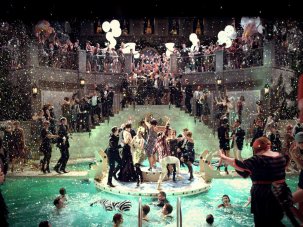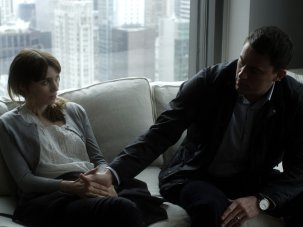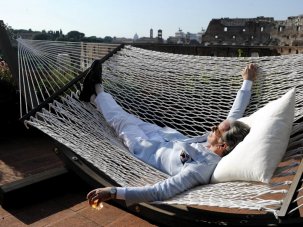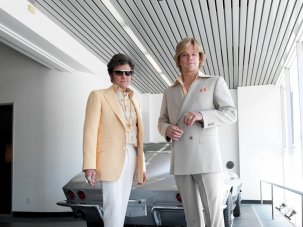Web exclusive
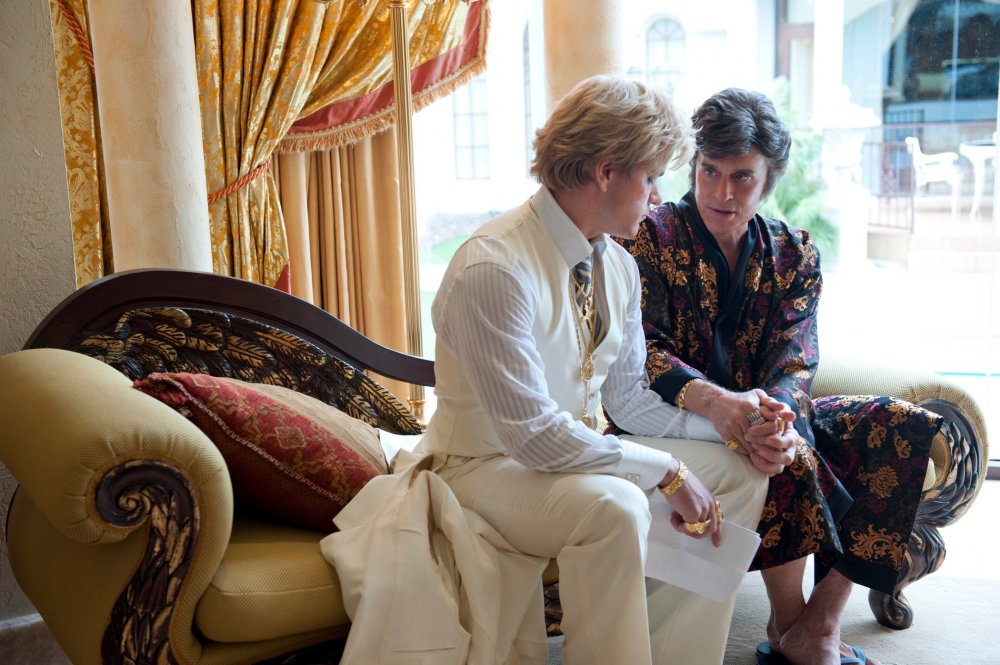
Matt Damon and Michael Douglas in Behind the Candelabra: My Life with Liberace (2013)
A number of films in this year’s edition of the Cannes Film Festival have been concerned with recreating specific periods of twentieth-century American history. Admittedly Baz Luhrmann’s take on the jazz age was hardly bothered with absolute fidelity, but Arnaud Desplechin’s Jimmy P and the Coens’ Inside Llewyn David tried respectively to nail the late 1940s and the very start of the 60s, while James Gray’s The Immigrant, still to come, is set in New York in the 20s.
And then there is Steven Soderbergh’s Behind the Candelabra, which begins in 1977 and ends a decade later. It’s often been referred to as the director’s ‘Liberace movie’ since it basically centres on the relationship between the famous pianist and showman Lee Liberace (Michael Douglas) and his sometime lover Scott Thorson (Matt Damon), a considerably younger man whom the entertainer soon employs as a personal assistant and then persuades to undergo cosmetic surgery to look more like his own young self. Inevitably, the relationship degenerates as time passes and the initially adoring but possessive Liberace, alienated by Scott’s increasing volatility, begins to look elsewhere for affection.
Quite rightly, most of the comment about Soderbergh’s film will probably focus on the excellence of the two lead performances, especially that of Douglas, who wisely never offers an impersonation of Liberace but nevertheless manages somehow to provide a real sense of the essence of someone who was at once a private individual and a deliberate, artificial construct with almost mythical dimensions. But besides the two leads there are other performances to cherish, most memorably Debbie Reynolds as Liberace’s mother and Rob Lowe as a very weird cosmetic surgeon.
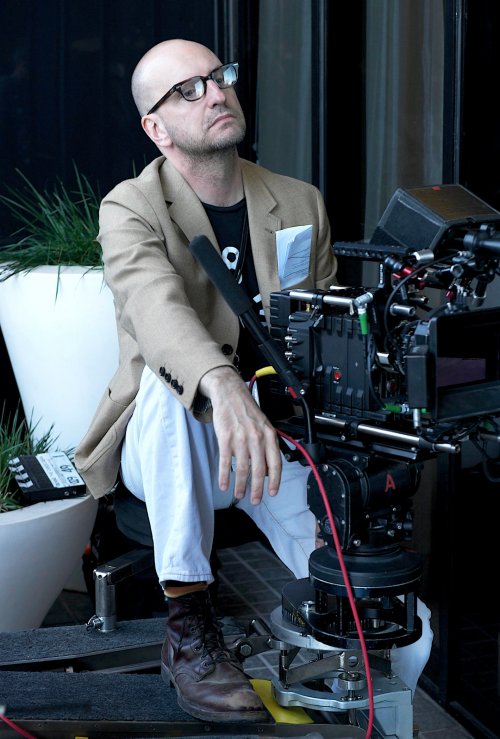
Steven Soderbergh on set
What’s great about the performances – and, indeed, about Richard LaGravenese’s script and Soderbergh’s direction – is that they all tend towards understatement, notwithstanding the larger than life subject and the lurid potential of the story. Consequently, instead of being a grotesque freak show, the film is both affectionately funny and finally surprisingly moving. It is, after all, about the need for love, loneliness and the distorting effects wrought on a relationship by fame, money and the inability to live one’s life openly. Though it’s hard, perhaps, to credit that someone like Liberace ever existed – let alone became a hugely popular celebrity who most people didn’t even think of as gay – he comes across in the film as an entirely plausible person who had difficulty distinguishing between reality and the illusions he was keen to have his fans believe.
And it’s in this respect that Behind the Candelabra not only says something about the era it depicts (and, by extension, about our own celebrity-obsessed times) but bears some thematic resemblance to Citizen Kane. It’s about a man’s inability to comprehend himself, so warped has he been by celebrity, wealth and a forlorn need to feel loved for himself rather than for his money and fame; Liberace’s relationship with Thorson, imprisoned as they are largely within their own echoing, kitsch-filled palace, is in some regards not so very different from Kane’s with Susan Alexander.
And if this does turn out to be Soderbergh’s last feature film, then maybe a variation on Kane’s themes is appropriate for someone who was once, like Orson Welles before him, seen as something of a wunderkind when sex, lies and videotape won the Palme d’Or here in 1989 at the start of his extraordinary career.
-
Cannes Film Festival 2013 – all our coverage

See our previews, first-look reviews, festival roundups and awards reactions.
-
The Digital Edition and Archive quick link
Log in here to your digital edition and archive subscription, take a look at the packages on offer and buy a subscription.




